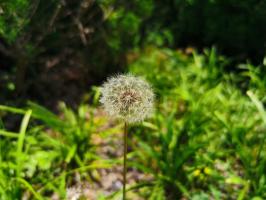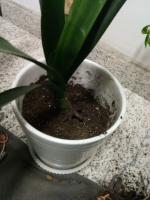Is Plasma Membrane in Plant and Animal Cells?
The plasma membrane is a vital component of both plant and animal cells. It serves as a selectively permeable barrier that separates the cell's internal environment from the external environment. The structure and function of the plasma membrane are essential for the survival and normal functioning of the cell.
Structure of Plasma Membrane
The plasma membrane is composed of a phospholipid bilayer, with embedded proteins and cholesterol. The phospholipid bilayer consists of two layers of phospholipids with their nonpolar tails facing inward to form a hydrophobic core. The embedded proteins are either integral, extending through the phospholipid bilayer or peripheral, sitting on one of the membrane's surfaces. Cholesterol molecules are present in the plasma membranes of animal cells, which help to maintain fluidity.
Functions of Plasma Membrane
The plasma membrane has several functions that are essential for the cell's survival and normal functioning. These include:
1. Selective Permeability: The plasma membrane separates the cell's internal environment from the external environment and regulates the movement of molecules in and out of the cell. It is selectively permeable, which means that it allows only certain molecules to pass through the membrane.
2. Transport: The plasma membrane is involved in the transport of molecules across the membrane. Different transport mechanisms, such as diffusion, facilitated diffusion, and active transport, are used to move molecules in and out of the cell.
3. Cell Signaling: The plasma membrane is involved in cell-to-cell communication and signaling. It contains receptors for various molecules, such as hormones and neurotransmitters, which bind to the receptors and trigger specific cellular responses.
Plasma Membrane in Plant Cells
In addition to the above functions, the plasma membrane in plant cells has some unique features. The plasma membrane in plant cells is the site of the synthesis of phospholipids and other lipids. It also contains transporters for the exchange of nutrients and metabolites between the cytoplasm and the extracellular space. The plasma membrane in plant cells is continuously remodeled, resulting in the formation of new membrane domains, which play a critical role in the regulation of cell growth and differentiation.
Plasma Membrane in Animal Cells
The plasma membrane in animal cells has some unique features as well. In addition to the functions mentioned above, the plasma membrane in animal cells contains various receptors involved in cell signaling, cell adhesion molecules, and ion channels. Cell adhesion molecules help to hold the cell together, while ion channels are responsible for the transport of ions, such as calcium and potassium, across the membrane.
Conclusion
The plasma membrane is a critical component of both plant and animal cells. Its structure and function are essential for the cell's survival and normal functioning. While there are some unique features of the plasma membrane in both plant and animal cells, its primary functions, such as selective permeability, transport, and cell signaling, remain the same. Understanding the structure and function of the plasma membrane is essential in various fields, such as medicine, pharmacology, and biotechnology.

 how many times do yo...
how many times do yo... how many planted tre...
how many planted tre... how many pine trees ...
how many pine trees ... how many pecan trees...
how many pecan trees... how many plants comp...
how many plants comp... how many plants can ...
how many plants can ... how many plants and ...
how many plants and ... how many pepper plan...
how many pepper plan...
































